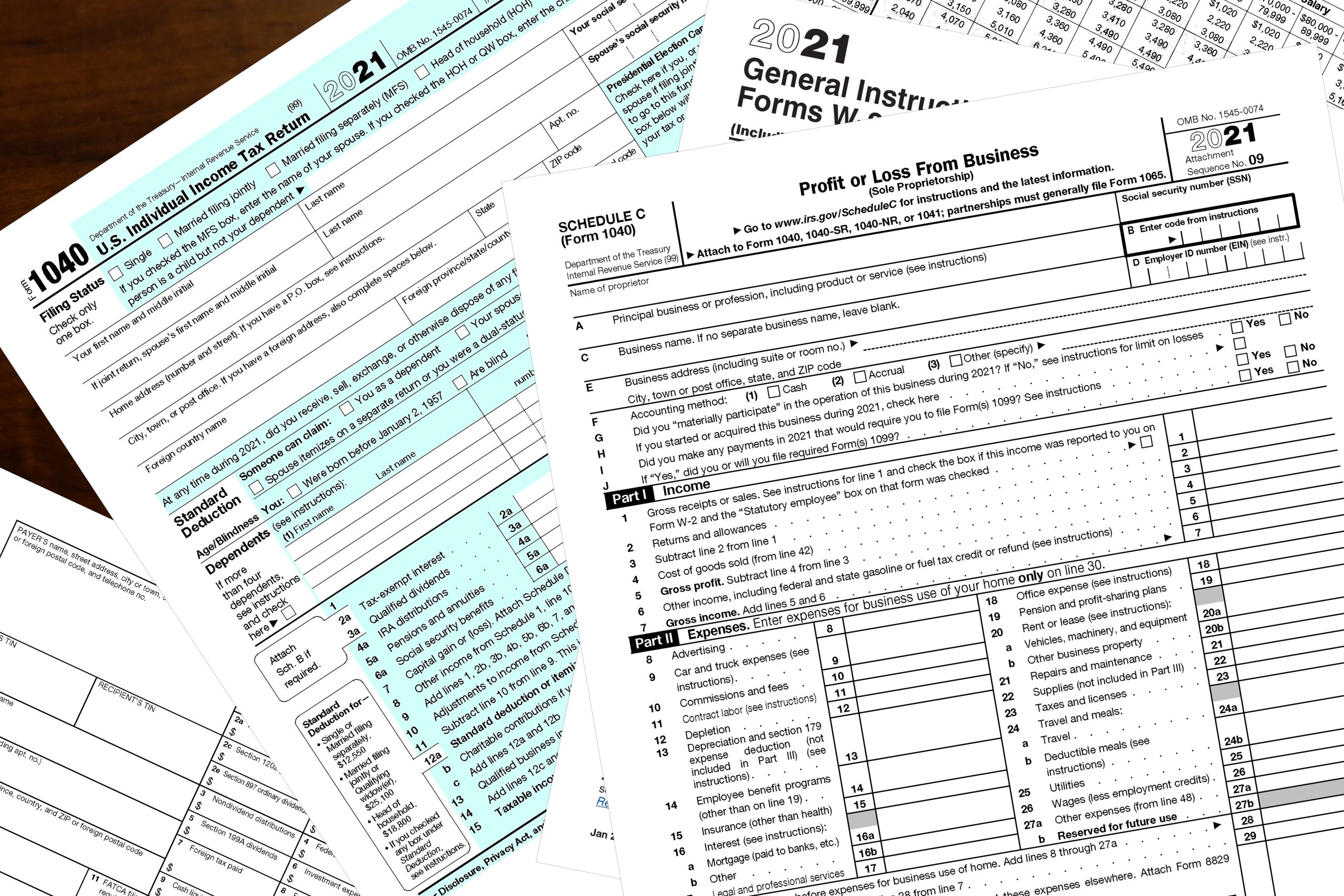Every year, hurricanes, tornadoes, floods, wildfires, and other natural disasters affect US citizens. The bad news is that recovery efforts after natural disasters can be costly. For instance, when hurricanes strike, they not only cause wind damage but can cause widespread flooding.
Many homeowners are not covered for damage due to flooding because most standard insurance policies do not cover flood damage. Fortunately, tax relief is available – but only if you meet certain conditions. For business owners and self-employed individuals who may owe estimated taxes, the IRS typically delays filing deadlines for taxpayers who reside or have a business in the disaster area.
Fortunately, personal casualty losses are deductible on your tax return as long as the property is in a federally declared disaster zone. Please call the office if you are not sure.
Casualty loss rules for business or income property may be different than rules for property held for personal use.
You must also meet the following four conditions:
1. The loss was caused by a sudden, unexplained, or unusual event.
Natural disasters such as flooding, hurricanes, tornadoes, and wildfires all qualify as sudden, unexplained, or unusual events.2. The damages were not covered by insurance.
You can only claim a deduction for casualty losses that are not covered or reimbursed by your insurance company. Keep in mind that timing is important. If you submit a claim to your insurance company late in the year, your claim might not be processed before it is time to prepare your taxes. One solution is to file for a 6-month extension on your taxes. If you have any questions about this, please call the office.
3. The dollar amount of your losses was greater than the reductions required by the IRS.
To claim casualty losses on your tax forms, the IRS requires several “reductions.” The first reduction is referred to as the $100 loss limit and requires taxpayers to subtract $100 from the total loss amount.
Next, you must reduce the loss amount by 10 percent of your adjusted gross income (AGI). Here is an example: Let’s say your AGI is $35,000, and your insurance company paid for all the losses except the $5,800 you incurred due to tornado damage. First, you would subtract $100 and then reduce that amount by $3,500 (10%). The amount you could deduct as a loss would be $2,200.
4. You must itemize.
To claim a deduction for the loss, you must itemize your taxes. If you normally don’t itemize but have a large casualty loss, you can calculate your taxes both ways to figure out which method gives you the lowest tax bill. Please call if you need help figuring out which method is best for your circumstances.
Two Options for Deducting Casualty Losses on Your Tax Returns
Generally, casualty losses are deductible in the year you sustain the loss – generally, in the year the casualty occurred. For example, if you were affected by a natural disaster this year, you can claim your losses on your 2022 tax return. However, there is another option if you have a casualty loss from a federally declared disaster that occurred in an area warranting public or individual assistance (or both). In this case, you can choose to treat the casualty loss as having occurred in the year immediately preceding the tax year in which you sustained the disaster loss. If you choose to deduct losses on your 2021 tax return, you have one year from the date the tax return was due to file an amended return for that preceding tax year.
Do not consider the loss of future profits or income due to the casualty as you figure out your loss.
Figuring the Amount of Loss
Figure the amount of your loss using the following steps:
- Determine what your adjusted basis in the property was before the casualty occurred. For property you buy, your basis is usually its cost to you. For property you acquire in some other way, such as inheriting it or getting it as a gift, you must figure your basis in another way. Please call the office for more information.
- Determine the property’s decrease in fair market value (FMV) due to the casualty. FMV is the price at which you could sell your property to a willing buyer. The decrease in FMV is the difference between the property’s FMV immediately before and immediately after the casualty.
- Subtract any insurance or other reimbursements you received -or expect to receive – from the smaller of those two amounts.
Help is Just a Phone Call Away.
If you have been affected by a natural disaster this year and are wondering if you qualify for tax relief, don’t hesitate to contact us for assistance.


